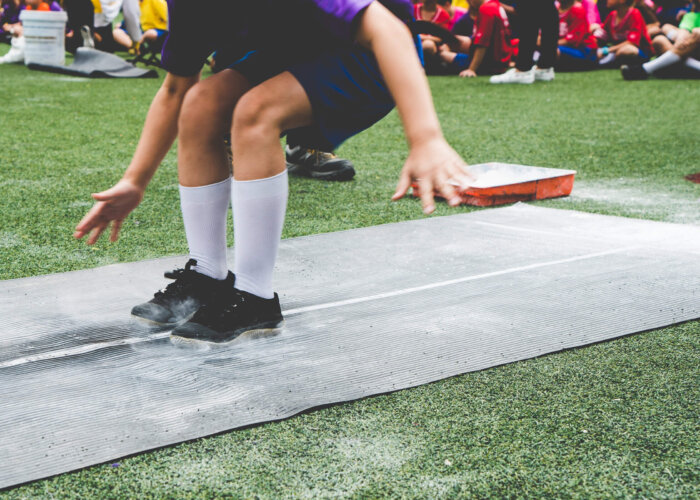5 ways to reduce teachers’ workload through effective primary PE planning

Teaching is one of the most noble and fulfilling professions, but it can also be incredibly demanding and stressful. Teachers must manage a wide range of responsibilities, including planning and preparing lessons, marking books, and supporting their class. With so many tasks on their plate, it’s no surprise that many teachers struggle with work overload.
In this blog post, we’ll explore five ways to reduce teachers’ workload through effective primary pe planning and preparation of lessons.
1. Use tech to streamline primary PE planning
Technology can be a great ally in reducing teachers’ workload. Using digital tools and apps, teachers can automate many administrative tasks that typically take up much of their time. For example, online tools like Google Classroom and Schoology can help teachers organise and distribute tasks or homework. There are also many primary pe planning resources online which support teachers with the content and progression of their PE lessons.
2. Collaborate with other teachers
Collaboration is another effective way to reduce teachers’ workload. By working together, teachers can share ideas, resources, and best practices, which can help them streamline their primary PE planning and preparation. This can be done within your own school or through formal professional development programs or informal networks such as school sports partnerships.
3. Plan lessons in advance
One of the biggest sources of stress for teachers is having to plan lessons at the last minute. By planning lessons in advance, teachers can reduce their workload and ensure enough time to prepare engaging and effective lesson plans. This can be done by creating a lesson planning schedule at the beginning of the year or by using online resources like The PE Hub with pre-written lesson plans.
4. Focus on the needs of your pupils
Teachers often feel pressure to cover a certain set of skills or objectives, but what is essential is to focus on what your pupils require to progress. However, trying to cover too much material can lead to teacher burnout and overwhelm and to children that do not engage with learning. Instead, focus on what is most important for your pupils to develop; this might be building on an activity already taught to work on deeper understanding or exposing children to a new area to broaden their experiences.
5. Use formative assessments to guide lesson planning
Formative assessments are an effective way to monitor pupils’ progress and adjust lesson plans accordingly. By using regular assessment for learning, teachers can quickly identify areas where children need further help and change their lesson plans to provide additional support. Effective assessment of pupils’ current levels reduces workload by only planning what the pupils need.
Reducing teachers’ workload requires a thoughtful and intentional approach to lesson planning and preparation. By using technology, collaborating with other teachers, planning lessons in advance, focusing on the needs of your pupils, and using formative assessments to guide sessions, teachers can streamline their workload and provide progressive and exciting lessons.

